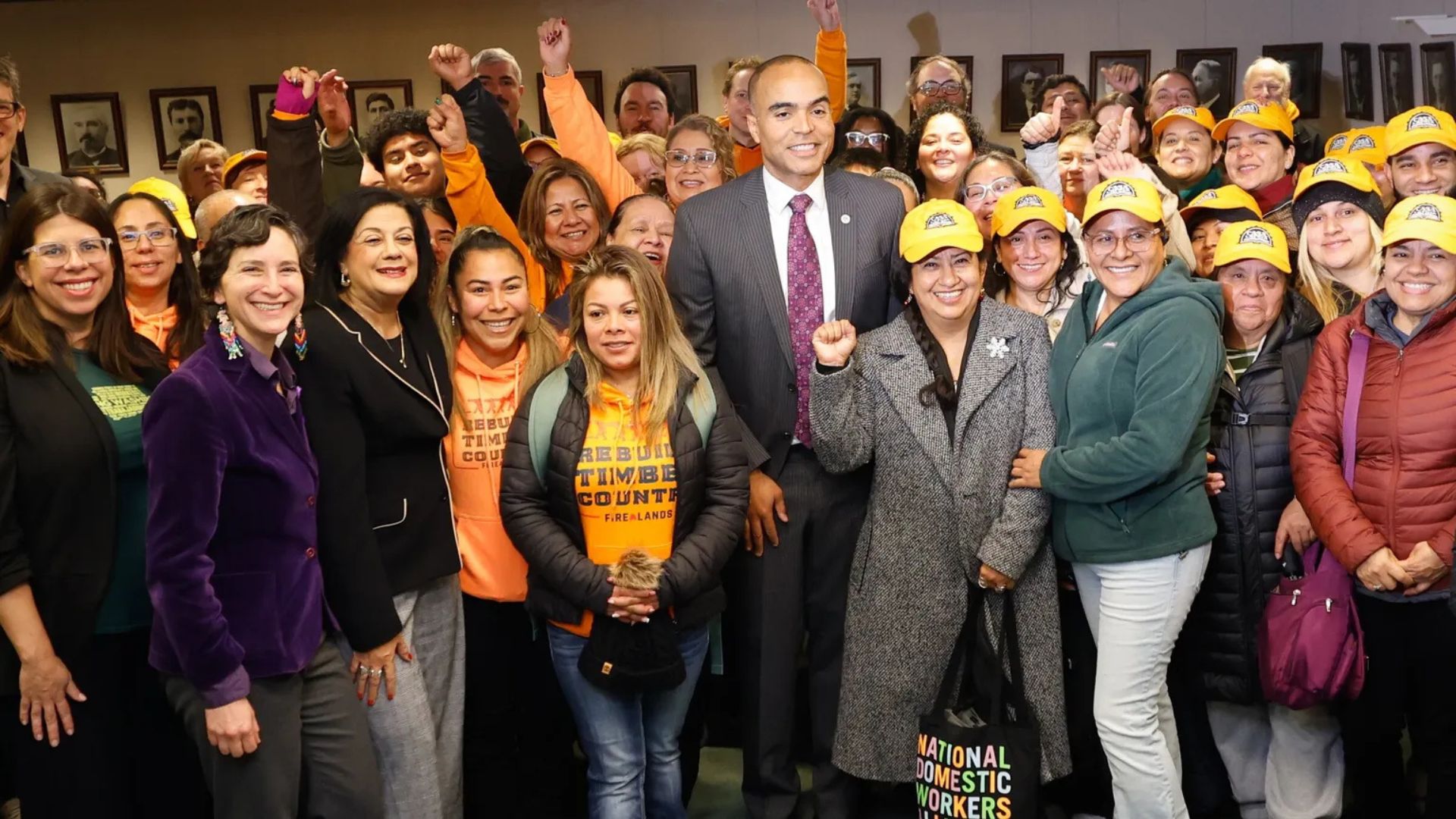
Published by Washington Research Council
By: Emily Makings
April 26, 2025
In an editorial, the Seattle Times writes that the tax increases proposed by legislators “will in the end hit those residents they say they’re trying to help.”
The Institute on Taxation and Economic Policy (ITEP) agrees. A recent ITEP post considers a business and occupation (B&O) tax proposal that would add a surcharge on income over $250 million. (The ITEP post is based on an early version of the proposal. The House has passed ESHB 2081, which is expected to be part of the operating budget deal.)
According to ITEP, “Because the B&O tax is so broad and is based directly on sales – rather than profits – businesses account for such a tax by raising prices in proportion to the tax. So although it does not appear on the customer’s receipt (as does a sales tax), it is passed to the customer in the form of higher prices. And the customers of large businesses (e.g. shoppers at big box retail stores) are not necessarily any higher income than the customers of smaller businesses. In other words, the tax ultimately comes out of the consumer’s pocket, not the business owner’s, so much of the tax is paid by middle- and low-income families.”
The B&O is not, in fact, a sales tax. Nevertheless, the general point stands. As the Tax Foundation writes about gross receipts taxes (like the B&O), “Gross receipts taxes do not only impact business owners and shareholders. Consumers and workers also bear the tax incidence, in the form of higher prices and lower wages.”

